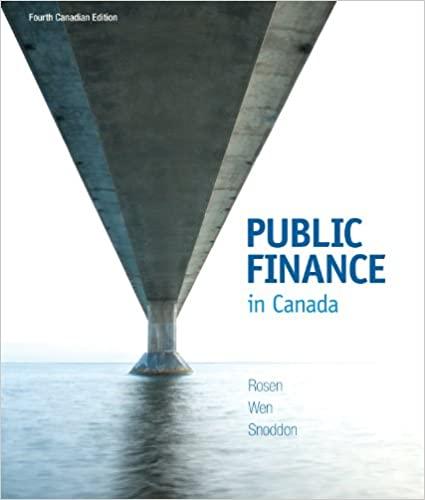Question
Question 1 Assume that you manage a risky portfolio with an expected rate of return of 22% and a standard deviation of 34%. The T-bill
Question 1
| Assume that you manage a risky portfolio with an expected rate of return of 22% and a standard deviation of 34%. The T-bill rate is 6%. Your client chooses to invest 70% of a portfolio in your fund and 30% in a T-bill money market fund. |
| What is the reward-to-volatility ratio (S) of your risky portfolio and your clients portfolio? (Do not round intermediate calculations. Round your answers to 4 decimal places.) |
| Your reward-to-volatility ratio | ||||||||||||||||||||||||||||||||||||||||||||||||||||||||||||||||||||||||||||||||||||||||||||
| Client's reward-to-volatility ratio
Question 2
| ||||||||||||||||||||||||||||||||||||||||||||||||||||||||||||||||||||||||||||||||||||||||||||
Step by Step Solution
There are 3 Steps involved in it
Step: 1

Get Instant Access to Expert-Tailored Solutions
See step-by-step solutions with expert insights and AI powered tools for academic success
Step: 2

Step: 3

Ace Your Homework with AI
Get the answers you need in no time with our AI-driven, step-by-step assistance
Get Started


